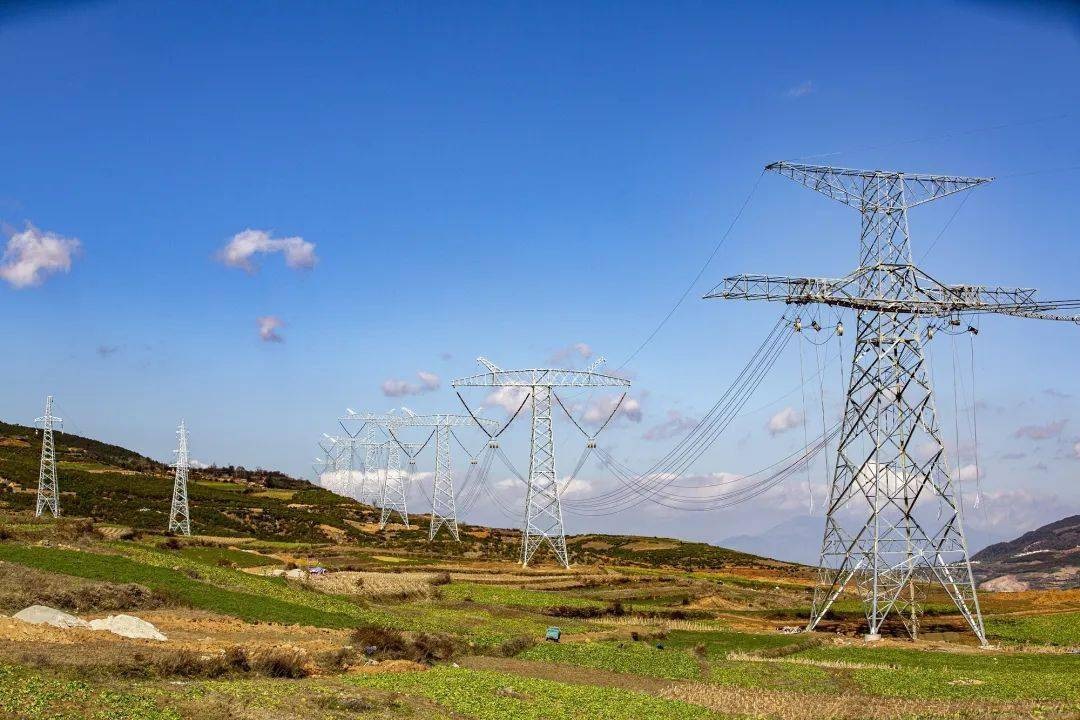
Since November 2023, the Houthi forces in Yemen have launched several attacks on multiple merchant ships passing through the Red Sea in support of Hamas' operations, leading to an international shipping crisis. This incident exacerbated the tensions in the Middle East and also had a huge impact on international maritime shipping. On May 23rd, the Houthi forces attacked merchant ships, Maersk announced a detour via the Cape of Good Hope, and freight rates on the Asia-Europe route soared by 50%. This series of developments once again brought the impact of the Red Sea crisis on the shipping economy to the forefront.
From a cost perspective, the Red Sea crisis has led to a significant increase in shipping costs. On the one hand, the cost of ship insurance has soared. Due to the volatile situation in the Red Sea region, insurance companies have determined that the risks in this area are extremely high, thereby significantly increasing the insurance rates for passing vessels. According to relevant data, the insurance premiums for some ships have even increased by several times. On the other hand, the cost of fuel has increased significantly. Compared with the original Red Sea route, the detour around the Cape of Good Hope has a significantly longer voyage. Take the route from Asia to Europe as an example. Circling around the Cape of Good Hope would increase the voyage by approximately 30%, which means that ships need to consume more fuel to complete the transportation tasks. The additional fuel consumption and higher oil prices have further increased the cost burden of shipping enterprises. In order to maintain operations, shipping enterprises have no choice but to pass on these increased costs to shippers, which has directly led to a 50% surge in freight rates on the Asia-Europe route, exerting tremendous pressure on global trade.
In terms of capacity, the Red Sea crisis has led to a tight capacity situation in the global shipping market. To avoid danger to ships and cargo, many shipping enterprises have chosen to detour around the Cape of Good Hope, which has led to a significant reduction in the number of ships originally operating on the Red Sea - Suez Canal route. The detour of ships around the Cape of Good Hope not only increases the voyage and transportation time, but also reduces the operational efficiency of the ships. Ships that could originally complete multiple round trips within a relatively short period of time have now seen a significant reduction in transportation frequency due to the extension of their voyages. This has led to a reduction in the available transportation capacity in the market, resulting in a situation where supply fails to meet demand. For some goods with urgent transportation needs, they are even facing the predicament of one shipping space being hard to come by, which seriously affects the normal operation of the global supply chain.
Let's take a look at the impact on the trade pattern again. Due to the Red Sea crisis, which has led to rising shipping costs and prolonged transportation times, many traders have had to reevaluate their trade routes and partners. Some enterprises that originally relied on the Red Sea - Suez Canal route for trade have begun to look for alternative transportation methods and trading partners. Railway transportation methods such as the China-Europe Railway Express have received more attention, and some goods have begun to choose railway transportation to avoid the risks in the Red Sea region. Some enterprises have also begun to look for trading partners that are closer and have lower transportation costs in order to reduce their reliance on long-distance sea transportation. This will have a profound impact on the global trade pattern. It may lead to changes in the trade status of some regions and also prompt countries to accelerate the construction of more diversified and stable trade transportation networks.
From the perspective of the impact on shipping enterprises of different scales, large shipping enterprises, with their strong financial strength and extensive global layout, have a stronger ability to resist risks when dealing with the Red Sea crisis. They can mitigate the impact of the crisis by adjusting flight routes, increasing capacity input, etc. They can even seek new development opportunities in the crisis, such as increasing revenue by raising freight rates. Small shipping enterprises, on the other hand, are facing greater survival pressure. Due to limited funds, they find it difficult to bear the high insurance costs and fuel costs, and do not have sufficient capacity to cope with the challenges brought about by route adjustments. In market competition, small shipping enterprises may gradually be marginalized and even face the risk of going bankrupt, which will further intensify the trend of concentration in the shipping market.
The Red Sea crisis has brought an all-round impact on the shipping economy, exerting profound influences in multiple aspects such as costs, capacity, trade patterns, and the development of shipping enterprises. As the crisis continues to develop, the global shipping economy will face more uncertainties and challenges. Governments of all countries, shipping enterprises and relevant stakeholders need to work together to find solutions to maintain the stability and development of the global shipping industry.

報告顯示,中國電力投資加速增長,預計2024年電網基建投資將超過5300億元。
近日,市場迎來了一則引人注目的消息:工業巨頭3M公司(MMM.N)在本周五公布了其季度業績報告,隨後股價飆升至近兩年來的
最近,外媒給OpenAI算了筆賬,今年可能要血虧50億美元。
近日,巴黎奧運會和世界鐵人三項協會聯合發布了一項重大決定,宣布因塞納河水質污染問題,原定於近期進行的奧運會鐵人三項首次下
當地時間7月18日,法國巴黎發生了一起令人震驚的持刀襲警事件。
近期,一則重大消息在國際舞臺上引起軒然大波,馬來西亞宣布加入金磚國家。
調查發現,互聯網和智能手機的使用幹擾了韓國近五分之一學生的生活。